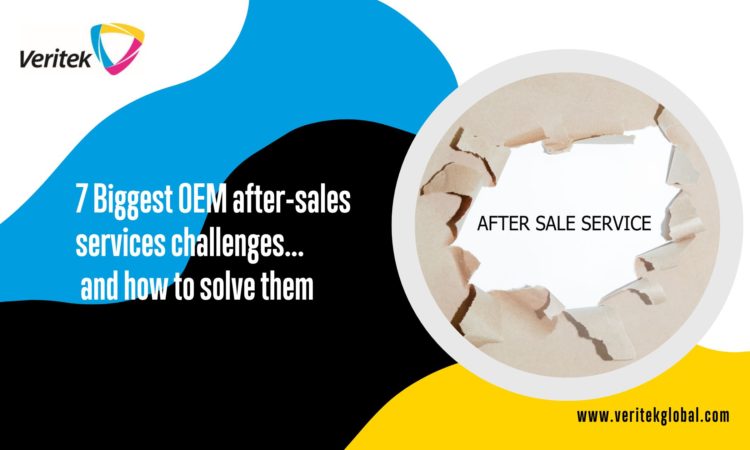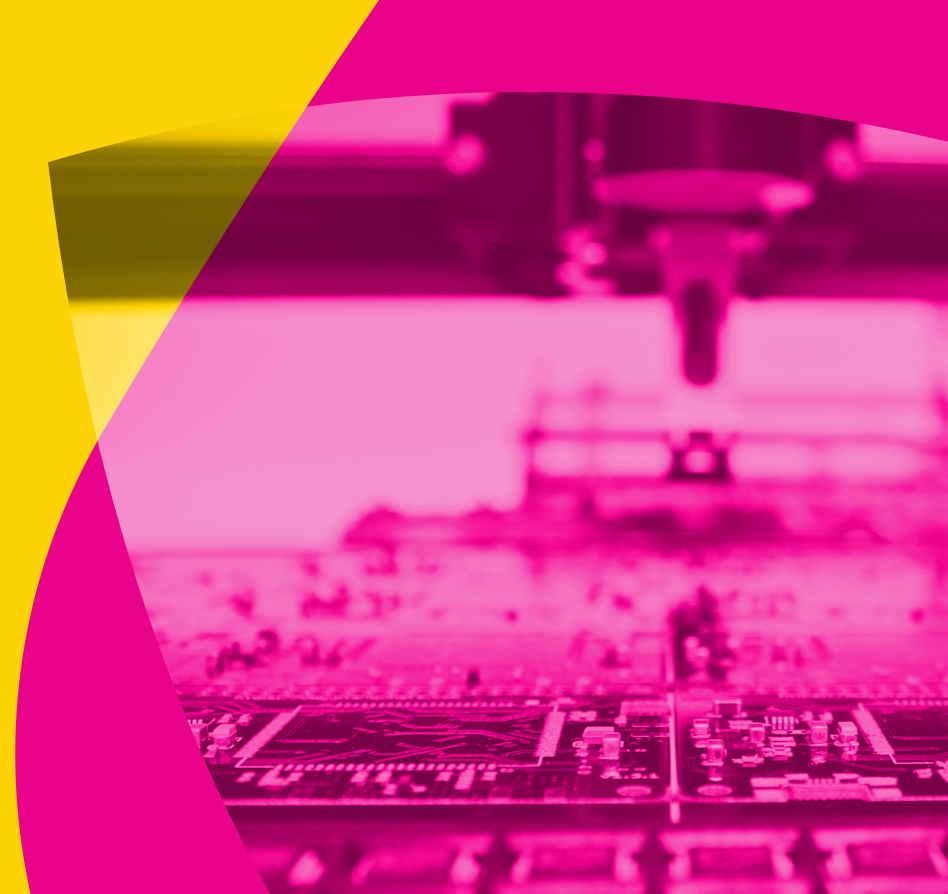7 Biggest OEM after-sales services challenges and how to solve them

By the time you reach the end of this page, you’ll know exactly how to solve the most common OEM after-sales services challenges
Running an OEM after-sales services operation can be challenging if you manufacture high-value and mission-critical products because it requires complex capacity planning. Plus, having a sizeable geographical reach and agility to scale up and down resources when needed.
Moreover, because after-sales services lead to brand loyalty and repeat purchases, it requires the highest standard of remote support, onsite field engineering and repair services.
Read on to learn how a specialist channel partner that exists only to provide after-sales services, can help you to solve the biggest OEM after-sales services challenges.
1. Scale
Often, OEM after-sales services challenges occur when manufacturers need to scale after-sales service operations to meet the needs of a growing customer base.
Specialist maintenance and support companies such as Veritek already have the infrastructure and engineers with the right skill set to deliver after-sales services. For this reason, they can scale up resources easily to help you to deliver after-sales services at scale in the most cost-effective way.
2. Flexibility
Factors that make OEM after-sales service challenging to plan and budget for include:
- Uncertainty: Even with IIOT technology, it’s often difficult to predict when customers need maintenance and repair services.
- Complexity: Sometimes, the nature of maintenance and repair work will be complex, making it difficult to estimate the time and resources required.
- Resource allocation: Then there’s the need to balance the allocation of resources between ongoing operations and after-sales maintenance and repair work.
Working with an after-sales service specialist can help you overcome these challenges by allowing you to adjust the level of support you provide based on your customers’ needs.
In other words, you can manage your resources and respond quickly to changes in demand.
3. Distance
Providing maintenance and repair services for customers located in remote areas presents another OEM after-sales services challenge, as these services can be time-consuming and costly.
In situations when it might not be cost-effective for a manufacturer to have a dedicated engineer in a far-flung location, if your after-sales support partner is already supporting other products in that area, then it can provide you with the resource you need.
In other words, you can access 100% of the skills and expertise of our engineers in the locations you need, but only when needed, saving you time and money.
4. Need to focus resources on core business
As can be seen, outsourcing the areas of after-sales service operations where you experience the most challenges allows you to allocate resources more effectively. Consequently, you can free up time to focus on your core business activities.
5. Access to after-sales services expertise
After-sales service for high-value and mission-critical products requires a high level of expertise.
What makes an after-sales service channel partner such as Veritek, a specialist is that manufacturers train our engineers in providing remote support, onsite field engineering and repair work to their standards.
Beyond that, as we carry out maintenance and repair work day in and day out, you can expect our engineers to have the capability to resolve the most complex problems.
6. Transparency when working with channel partners
If you work with resellers or distributors, they ultimately control the relationship with your customers.
An after-sales service channel partner such as Veritek differs in that the only relationship we have with your customer is when we provide remote support, onsite field engineering and repair services.
As a result, you retain visibility of your customers’ journey because you own the customer relationship.
Therefore, not only can working with an after-sales service partner help a manufacturer improve the efficiency of their service operations, but it can also help a manufacturer to provide a more personalised service experience.
7. Overheads
Running an after-sales service operation can be costly for manufacturers, particularly if they have a large team of field engineers.
On top of the field engineer salaries, OEMs need to consider the following costs:
Equipment and supplies: Field engineers typically require equipment such as laptops, tools, and protective clothing.
Travel and transportation: Onsite visits incur costs for transportation, lodging, and meals.
Training and development: To keep field engineers up-to-date with your latest technologies.
Insurance: To protect the business and employees from potential liabilities.
Office space and infrastructure: Including rent, utilities, and office supplies.
Outsourcing remote support, onsite maintenance and repair to a company that already has the necessary infrastructure and engineer headcount can reduce your overheads, thereby freeing up resources for other business areas.
To sum up, solutions to OEM after-sales service challenges
After-sales services play a vital role in customer retention strategies, so it is essential to get them right.
With the help of a channel partner that has the proper infrastructure and people and exists only to provide after-sales service support, OEMs can reduce time and cost-to-service while at the same time increasing customer satisfaction.
This blog is relevant to the following Veritek industry sector verticals:
Medical
Robotics and cobotics
Print & Graphics
Optometry
Digital Cinema
Photo imaging
Want to discuss your needs?
During the call, we’ll discuss the support you need and whether our third-party service partnerships would be a good fit for your OEM service division.




